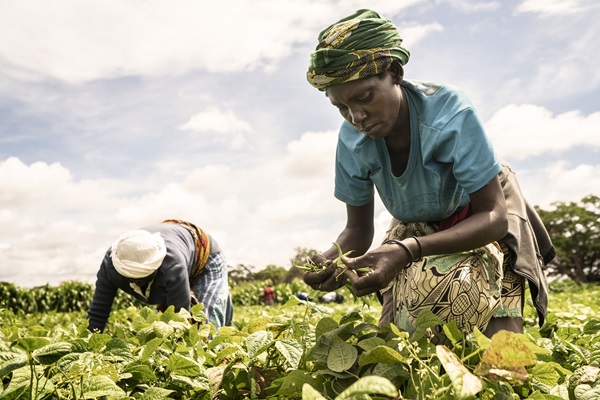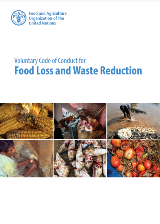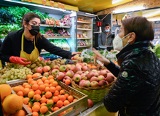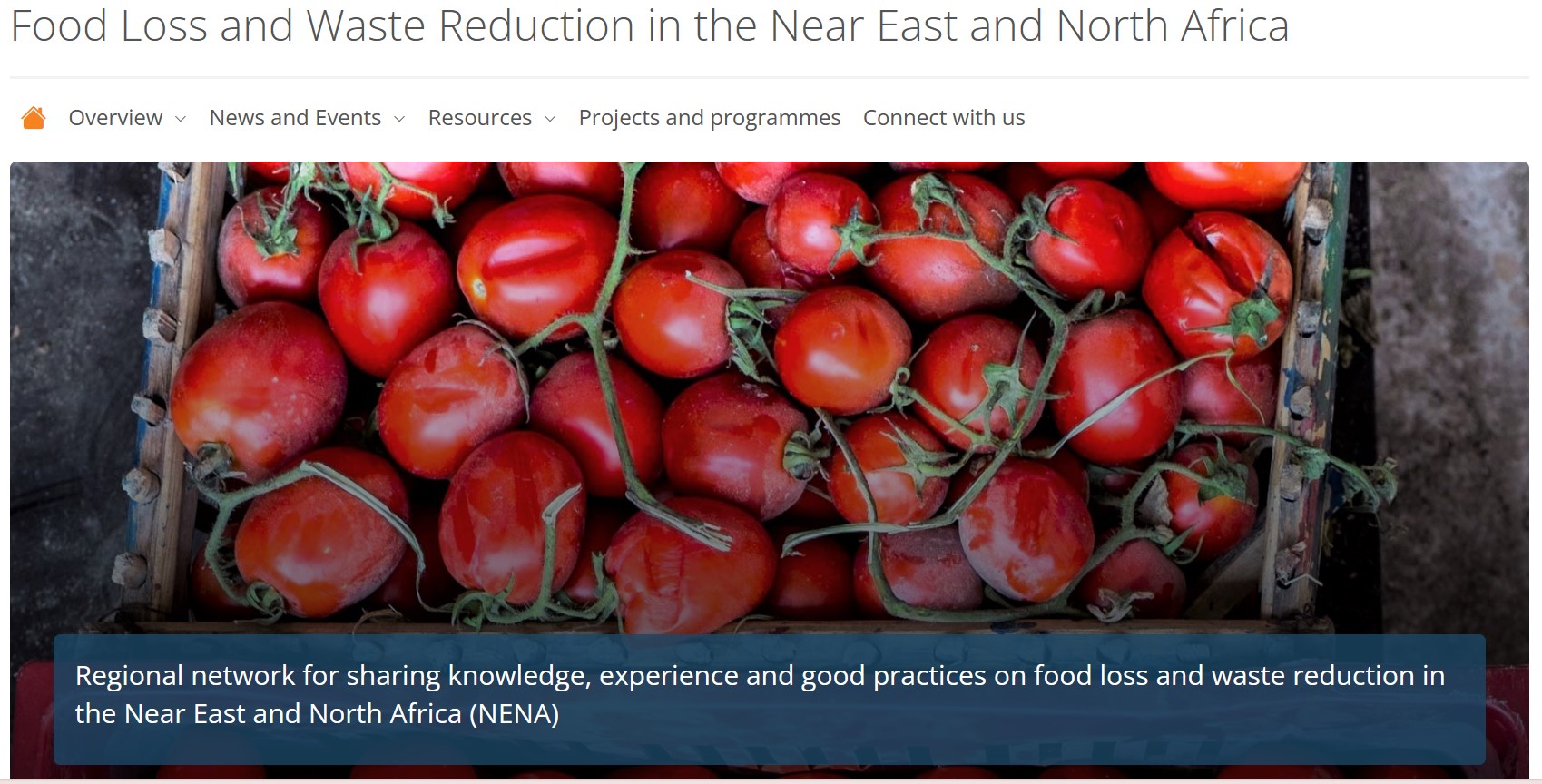Food loss and waste reduction, measurement and policy
Food loss and waste reduction should be seen as a means towards achieving other objectives, including improving food security and nutrition, reducing greenhouse gas emissions and lowering pressure on water and land resources, which contribute towards increased productivity and economic growth. The formulation of effective policies to achieve food loss and waste reduction requires comprehensive information as to how much and where – both geographically and along the supply chain – various foods are lost or wasted. The work of the Food and Agriculture Organization of the United Nations (FAO) on measurement, and its support to countries in taking action to reduce food loss and waste, is critical in tracking progress made by countries.

News
Global Forum for Food and Agriculture (GFFA) event| From farm to food donation. How to maximize the potential of preventing harvest losses to ensure food security?
19/01/2024
Best practices for collaborations between farmers and Food Banks on recovering and redistributing produce to charities supporting people in need were...

Latest events
FAO Food Loss Application (FLAPP) virtual introduction
25/04/2024
By providing accessible information on food loss through video advisories, the FLAPP empowers farmers, companies, producer associations, and cooperatives...
What is the real cost of food
What is the real cost of food? Around 14% of all food produced is between harvest and the wholesale market. The food lost is worth 400 billion USD per year. But food loss is not only about money lost. There are also social and environmental impacts. 75 billion cubic meters of water are used each year to produce fruits and vegetables that are lost. Fruit and vegetable losses mean that 912 trillion kilocalories and micronutrients never make it to consumers. 715 million hectares of land go to waste due to losses in meat and animal products. The greenhouse gas emissions linked with food loss are equal to roughly 1.5 gigatonnes of CO2. This does not even include the greenhouse gases released by wasted food that rots in landfills. Or the cost of all the food wasted at retail and consumer level worldwide. Food is worth much more than what we pay for it. Stop Food Loss and Waste. For the people. For the planet.
10/03/2022
Stories

Food Loss and Waste
What is the real cost of food?
International day of awareness of food loss and waste 2021 video
Publications

Food Waste Index Report 2024. Think Eat Save: Tracking Progress to Halve Global Food Waste
27/03/2024
This Food Waste Index Report 2024 builds on the 2021 report in three ways: 1) New data has been used to develop a new estimate of global food waste. 2) This report builds on the SDG 12.3 food waste measurement methodology published in the Food Waste Index Report 2021, providing more detailed guidance on measurement at the retail, food service and household sectors. 3) The report starts to move from food waste measurement to food waste reduction through public-private partnerships.

Voluntary Code of Conduct for Food Loss and Waste Reduction
20/07/2022
Following the request of the 26th Session of the Committee on Agriculture (COAG), FAO has developed the Voluntary Code of Conduct for Food Loss and Waste Reduction (CoC). The document was submitted to the FAO Conference for consideration and endorsement, and approved on 15 June 2021.

The State of Food and Agriculture 2019
31/10/2019
A shorter version of the FAO flagship publication The State of Food and Agriculture (SOFA) 2019, it contains the key messages and main points from the publication and is aimed at the media, policy makers and a more general public.

Mitigating risks to food systems during COVID-19: Reducing food loss and waste
08/12/2020
The COVID-19 pandemic continues to wreak havoc globally, generating significant challenges that could result in risks to food security and nutrition in many countries. Countries are ordering lockdowns, restricting movement and observing physical distancing to curb the pandemic.

